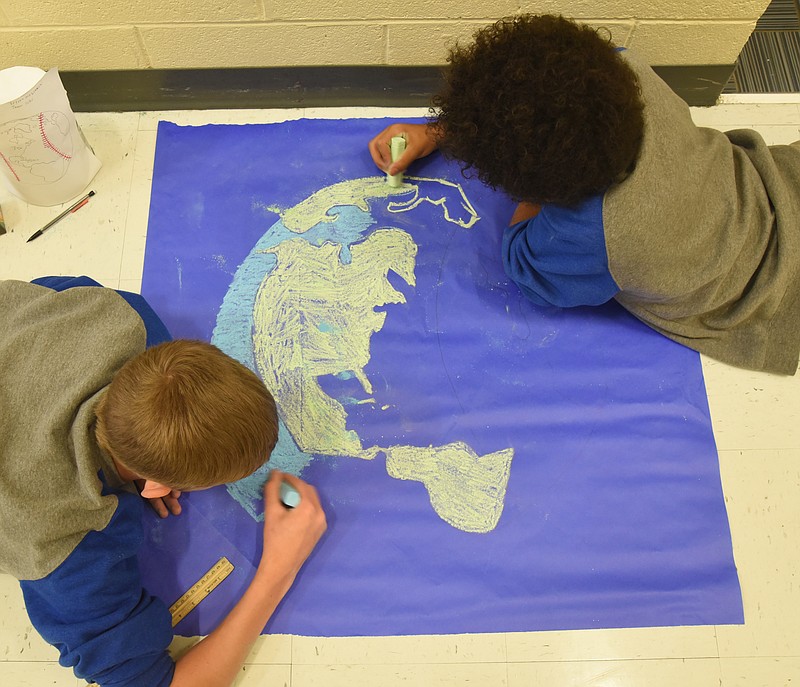It's Earth Day.
Half of the world's tropical and temperate forests are gone.
Global warming and other ecological imbalances are leading to frequent flooding, hurricanes, forest fires and other severe weather outbreaks.
Rising temperatures caused 70,000 deaths in Europe alone in 2003 - 15 years ago - and global temperatures have risen steadily since then. In fact, 17 of the 18 warmest years in the 136-year record have occurred since 2001. Food prices are expected to increase by 50 percent by 2030 - only because of climate change.
About 2 million people globally die prematurely due to indoor and outdoor pollution, and 5,000 die every year because of dirty drinking water.
Some 20 percent of earth's population consumes 80 percent of its resources, and here in America - where we make up 5 percent of the world's population - we consume 20 percent of earth's resources.
Our president has pulled the United States out of the climate accord, and our government seems bent on ignoring climate science and science all together.
Outside of the Washington, D.C., beltway, we busy ourselves with insider politics while the earth burns - thanks to ever-rising carbon pollution, ever-more chemicals that we create without knowing their future disastrous potential, ever-more ocean-choking plastics that we numbly accept at our stores and constantly growing piles of long-lived nuclear waste that we shove out of our conscious thinking while we crank our thermostats up or down.
What's wrong with this picture?
Take a breath. And another.
Here in the Southeastern corner of the nation, we have little control - for now - over the ridiculous energy and environmental policies of our government. But that doesn't mean we can't make a difference - one driveway at a time, one shopping trip at a time, one home at a time, one yard at a time.
One driveway at a time, we can choose hybrid cars, buses, bicycles or our own feet.
One home at a time, we can weatherize, layer to stay warm or wear less to stay cool and look for common-sense ways to save both energy and money.
One yard at a time, we can reject pesticides and herbicides that kill vital pollinators, looking instead for native plants that don't need so much weeding, chemical controls or constant mowing.
One shopping trip at a time, we can reward environmentally friendly businesses with our dollars and punish bad actors with our avoidance.
This year's Earth Day theme is "End Plastic Pollution," and it's not just feel-good stuff.
By 2050 there will be more plastic than fish in our oceans. Plastic and its chemicals already have moved into the tissues of half of sea turtles and almost all marine birds.
Between California and Hawaii, a massive floating island of plastic is growing rapidly and now is three times the size of France and more than twice the size of Texas, according to a study published last month in Scientific Reports. It's not the only plastic island in the Earth's oceans - just one of the largest.
Shockingly, half of all plastic produced is used just once then thrown away.
Of course, there is no "away."
All those trashed plastic bags and cups and straws and containers are either in or on the ground, or in the ocean. That's not "away." More than 8 million tons of plastic - think how light plastic is - get dumped in oceans every year.
As daunting as that seems, it can be stopped or at least slowed by reducing our own plastic use and recycling the plastic we must accept.
The trouble with Earth Day is that it is celebrated to raise our awareness only once a year.
We have to make it a daily habit.
